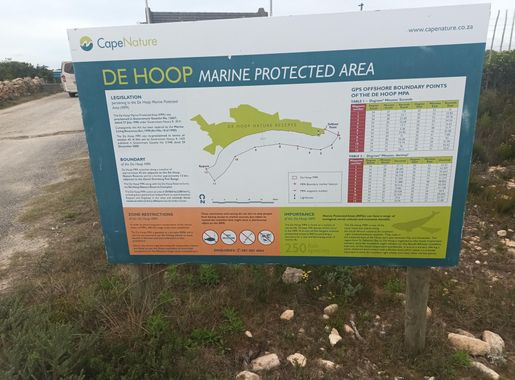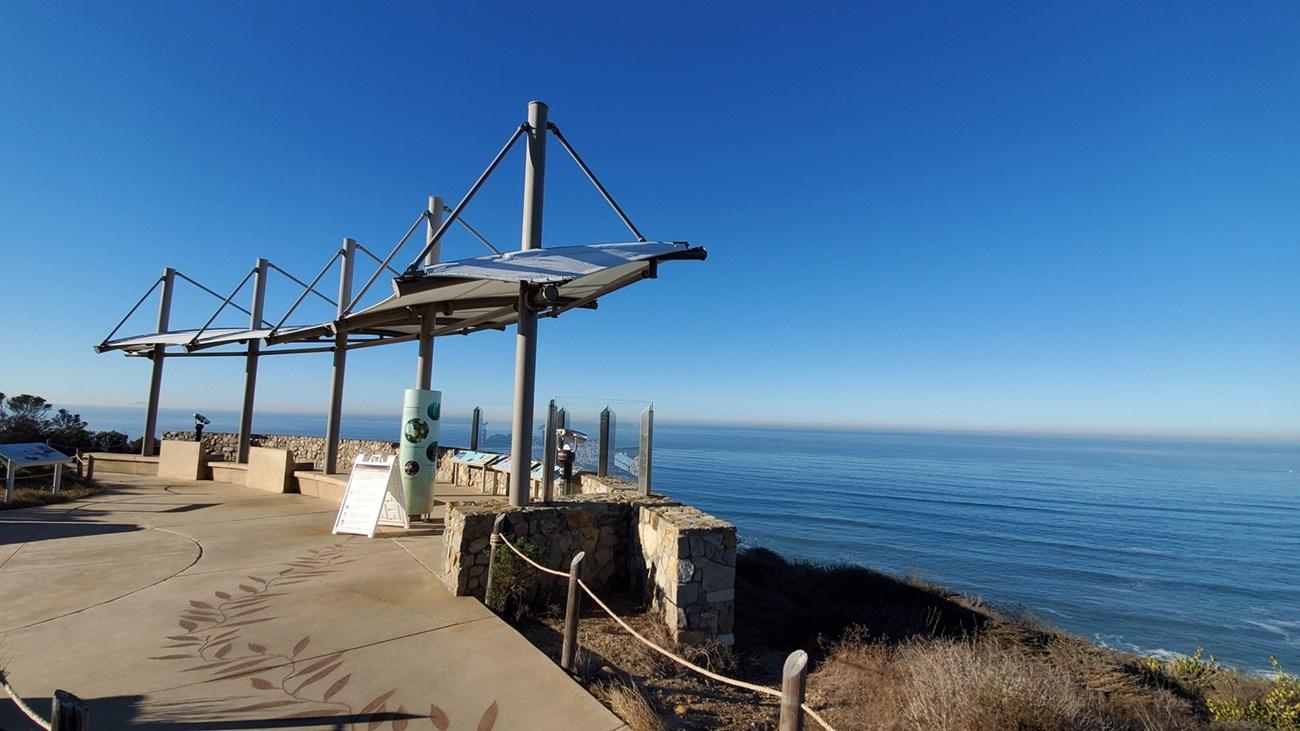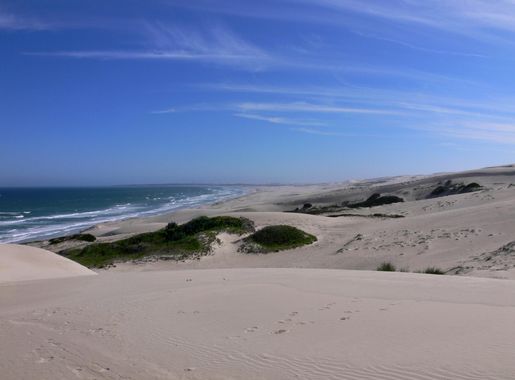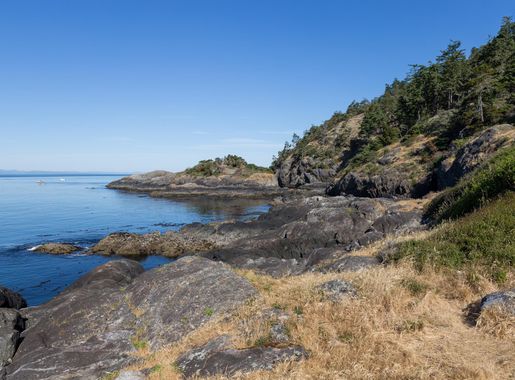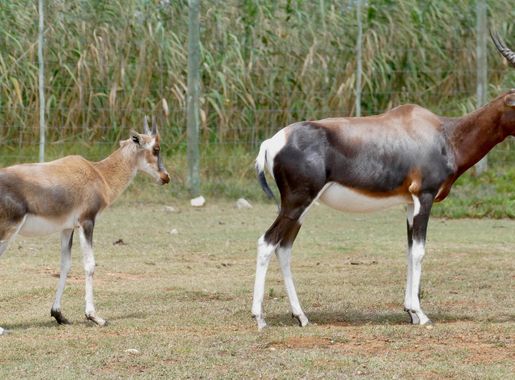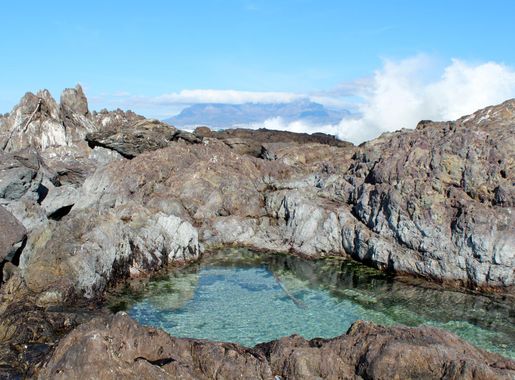
The Untamed Beauty of De Hoop Nature Reserve
Experience the diverse landscapes and rich wildlife of De Hoop Nature Reserve, South Africa's coastal treasure, perfect for nature lovers and outdoor adventurers.
De Hoop Nature Reserve, located along the southern coast of South Africa, is a true gem for nature lovers and outdoor enthusiasts. Spanning over 34,000 hectares of diverse landscapes, this reserve offers an unparalleled mix of marine and terrestrial biodiversity. Visitors can explore the pristine beaches, rolling sand dunes, and limestone cliffs that characterize this stunning location. Wildlife enthusiasts will be thrilled by the chance to see a variety of species, including bontebok, Cape mountain zebra, and eland. The reserve is also a haven for birdwatchers, with more than 260 bird species recorded, including the rare and endangered African black oystercatcher. During the winter months, De Hoop's coastal waters become a playground for southern right whales, providing visitors with the extraordinary opportunity to witness these gentle giants up close. In addition to its natural wonders, De Hoop offers a range of activities to keep visitors engaged. Hiking and mountain biking trails wind through the reserve, offering scenic views and the chance to immerse oneself in the natural beauty. The Vlei, a large wetland area, is perfect for birdwatching and spotting other wildlife. For those interested in marine life, snorkeling in the protected marine area reveals a vibrant underwater world teeming with fish and other sea creatures.
Local tips in De Hoop Nature Reserve
- Visit between June and November for the best whale-watching opportunities.
- Bring binoculars for bird watching, especially around the Vlei wetland area.
- Pack comfortable walking shoes for hiking and exploring the many trails.
- Don't forget sunscreen and a hat, as the South African sun can be intense.
- Make sure to have a camera ready to capture the stunning landscapes and wildlife sightings.
The Untamed Beauty of De Hoop Nature Reserve
De Hoop Nature Reserve, located along the southern coast of South Africa, is a true gem for nature lovers and outdoor enthusiasts. Spanning over 34,000 hectares of diverse landscapes, this reserve offers an unparalleled mix of marine and terrestrial biodiversity. Visitors can explore the pristine beaches, rolling sand dunes, and limestone cliffs that characterize this stunning location. Wildlife enthusiasts will be thrilled by the chance to see a variety of species, including bontebok, Cape mountain zebra, and eland. The reserve is also a haven for birdwatchers, with more than 260 bird species recorded, including the rare and endangered African black oystercatcher. During the winter months, De Hoop's coastal waters become a playground for southern right whales, providing visitors with the extraordinary opportunity to witness these gentle giants up close. In addition to its natural wonders, De Hoop offers a range of activities to keep visitors engaged. Hiking and mountain biking trails wind through the reserve, offering scenic views and the chance to immerse oneself in the natural beauty. The Vlei, a large wetland area, is perfect for birdwatching and spotting other wildlife. For those interested in marine life, snorkeling in the protected marine area reveals a vibrant underwater world teeming with fish and other sea creatures.
When is the best time to go to De Hoop Nature Reserve?
Iconic landmarks you can’t miss
De Mond Nature Reserve
Discover the stunning landscapes and rich biodiversity of De Mond Nature Reserve, a coastal haven in South Africa ideal for nature lovers and adventurers.
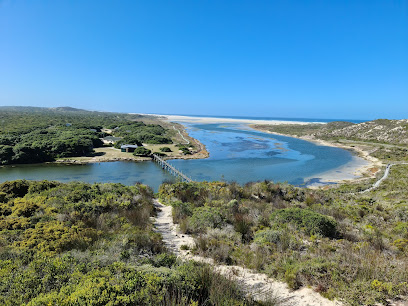
De Hoop Collection
Discover the natural beauty and diverse wildlife at De Hoop Collection, a tranquil lodge in De Hoop Nature Reserve, perfect for nature lovers and adventure seekers.

Morukuru Family De Hoop
Discover the serene beauty of Morukuru Family De Hoop, a luxurious hotel in De Hoop Nature Reserve, offering nature experiences and exceptional hospitality.
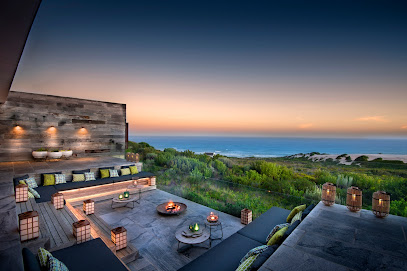
De Hoop Nature Reserve campsite
Experience the tranquility and breathtaking beauty of De Hoop Nature Reserve Campsite, a perfect retreat for nature lovers and adventure seekers in South Africa.

Potberg Eco Venue, De Hoop Nature Reserve
Discover the ecological treasures of Potberg Eco Venue in De Hoop Nature Reserve, a haven for nature lovers and eco-enthusiasts alike.
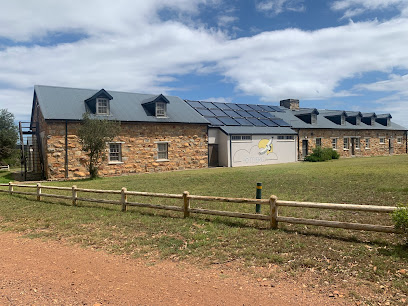
Unmissable attractions to see
Southern Tip of Africa
Experience the breathtaking beauty of South Africa at the Southern Tip of Africa, where the Atlantic and Indian Oceans converge in stunning harmony.
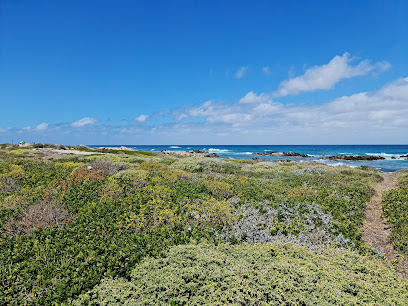
Cape Agulhas Lighthouse
Discover the breathtaking beauty and historical significance of the Cape Agulhas Lighthouse, the southernmost point of Africa.
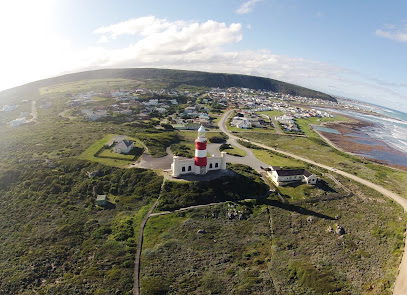
De Mond Nature Reserve
Discover the stunning landscapes and diverse wildlife of De Mond Nature Reserve, a hidden gem for nature lovers and outdoor enthusiasts in South Africa.
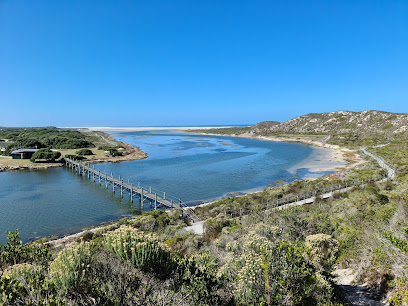
De Hel Nature Area
Discover the serene beauty and rich biodiversity of De Hel Nature Area, a hidden nature preserve in Cape Town perfect for outdoor adventures.
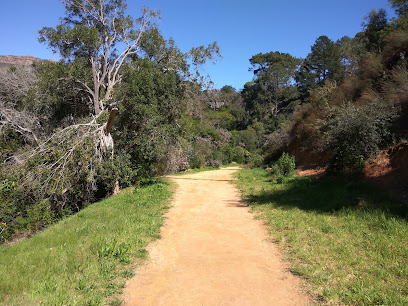
Potberg hut, Whale Trail start
Explore the breathtaking Potberg Hut, the starting point of the Whale Trail, offering stunning landscapes and rich biodiversity in South Africa's Overberg region.

Noetsie hut
Experience the breathtaking coastal beauty and diverse wildlife at Noetsie Hut in De Hoop Nature Reserve, a paradise for hikers and nature lovers.
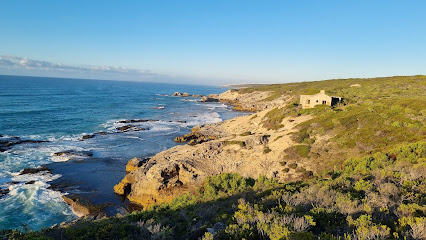
Hamerkop hut
Explore the serene beauty of Hamerkop Hut in Overberg DC, a perfect hiking destination for nature lovers and adventure seekers in South Africa's scenic landscapes.
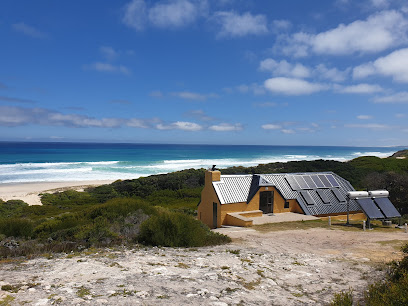
Anysberg Nature Reserve
Explore the diverse ecosystems and breathtaking landscapes of Anysberg Nature Reserve, a nature lover's paradise in the heart of the Karoo.

Vaalkrans hut
Experience the breathtaking beauty and tranquility of Vaalkrans Hut, a premier hiking destination in South Africa, perfect for nature lovers and adventurers alike.
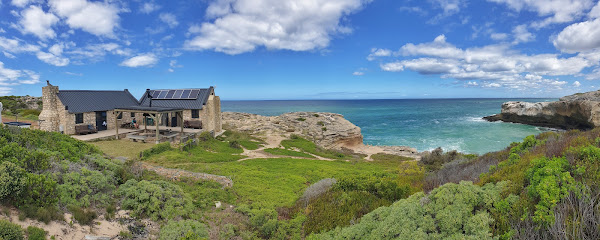
De Hoop Nature Reserve campsite
Experience the serene beauty of De Hoop Nature Reserve Campsite, where nature, adventure, and tranquility meet in South Africa's stunning landscapes.

Potberg Eco Venue, De Hoop Nature Reserve
Explore the beauty and biodiversity of Potberg Eco Venue in De Hoop Nature Reserve, where education meets nature in stunning South Africa.
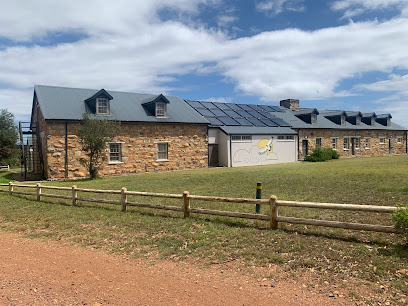
De Hoop
Discover the beauty of De Hoop, a stunning mountain peak in South Africa, perfect for hiking, wildlife watching, and breathtaking views.

Essential places to dine
De Hoop Nature Reserve
Explore De Hoop Nature Reserve: A Biodiversity Hotspot with Stunning Coastal Views and Rich Wildlife.
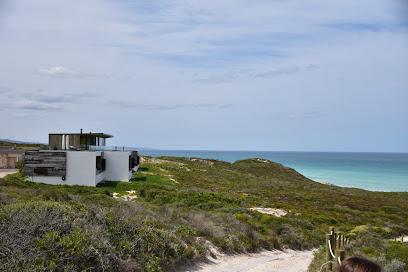
Bites Beach Cafe
Discover Bites Beach Cafe - where culinary excellence meets stunning coastal views in a charming atmosphere.
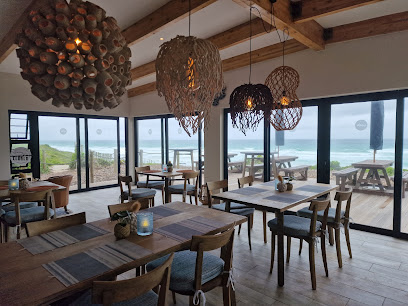
Fig Tree Restaurant
Discover exquisite dining at Fig Tree Restaurant nestled in De Hoop Nature Reserve – a blend of nature's beauty and culinary excellence.
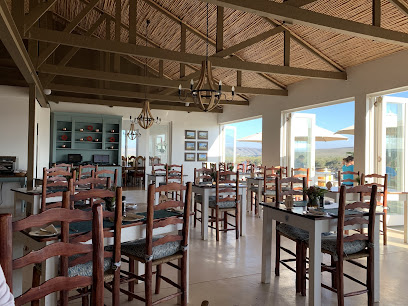
Markets, malls and hidden boutiques
Tyger Valley Shopping Centre
Discover Tyger Valley Shopping Centre, a vibrant shopping haven in Cape Town with diverse stores, delightful dining, and exciting entertainment options.

Cape of Good Hope
Explore the stunning landscapes, diverse wildlife, and rich history of the Cape of Good Hope, a must-visit nature preserve in South Africa.
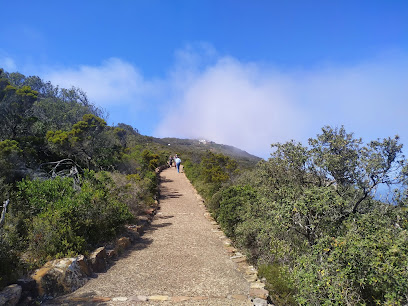
Whale Coast Mall
Explore Whale Coast Mall, a vibrant shopping destination in Sandbaai, where retail meets relaxation along South Africa's beautiful coastline.
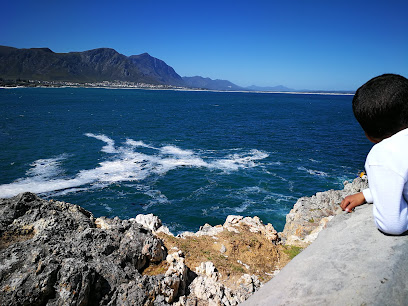
Table Mountain
Discover the breathtaking views and rich biodiversity of Table Mountain, an iconic natural wonder in Cape Town, South Africa.
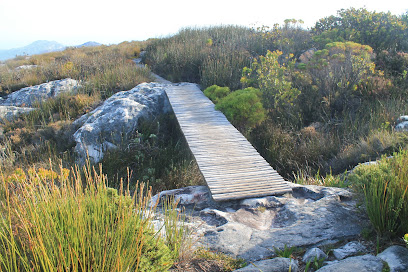
De Hoop Nature Reserve
Explore the stunning landscapes and diverse wildlife of De Hoop Nature Reserve, a premier nature preserve in South Africa's Overberg District.
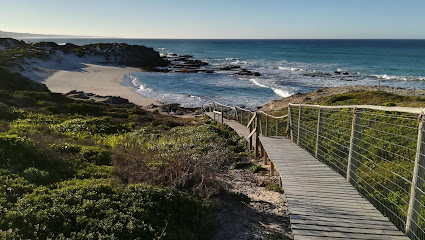
Kagga Kamma Nature Reserve
Experience the breathtaking beauty and adventure of Kagga Kamma Nature Reserve in the heart of South Africa's Cederberg region.
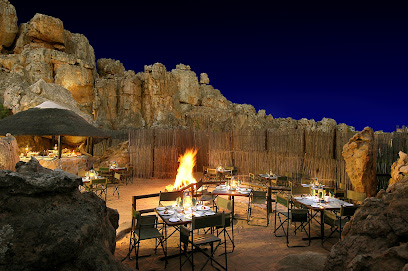
Marloth Nature Reserve
Explore the breathtaking biodiversity of Marloth Nature Reserve in Swellendam, a must-visit nature preserve for every nature lover.
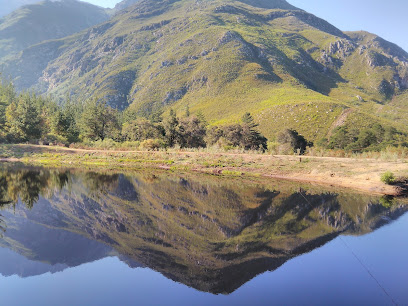
De Mond Nature Reserve
Explore the stunning landscapes and rich biodiversity of De Mond Nature Reserve, a hidden gem for nature lovers in South Africa.
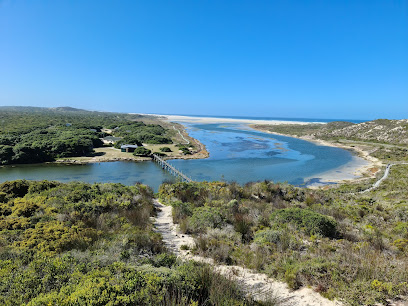
De Hoop Collection
Experience the serene beauty of De Hoop Collection, a stunning lodge set in the heart of De Hoop Nature Reserve, where adventure meets tranquility.

Breede River Trading Post
Experience the heart of Malagas at Breede River Trading Post, where local flavors and community spirit come together in a unique supermarket setting.
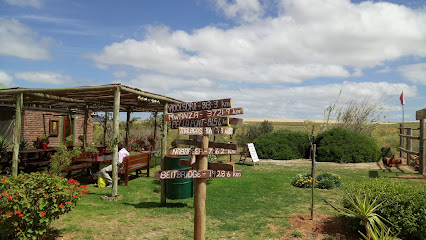
Baraka Gifts and Decor
Discover unique gifts and local artistry at Baraka Gifts and Decor in Cape Town's vibrant Green Point.

De Hoop Cottages
Experience the breathtaking beauty and tranquility of De Hoop Cottages, your ideal self-catering escape in South Africa's natural paradise.
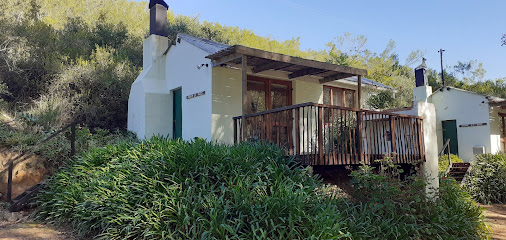
Potberg hut, Whale Trail start
Explore the breathtaking scenery and rich biodiversity of Potberg Hut, the starting point for the iconic Whale Trail in South Africa's Overberg region.
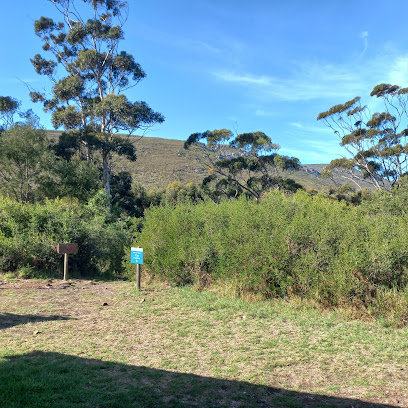
Fig Tree Restaurant
Experience the best of local cuisine in the heart of De Hoop Nature Reserve at Fig Tree Restaurant, where nature meets culinary excellence.
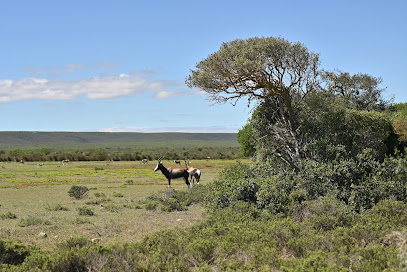
Lekkerwater Beach Lodge
Discover the serene beauty of Lekkerwater Beach Lodge in South Africa's De Hoop Marine Protected Area, where luxury meets nature's tranquility.

Essential bars & hidden hideouts
De Hoop Nature Reserve
Discover the breathtaking landscapes and diverse wildlife of De Hoop Nature Reserve, a premier nature preserve and tourist attraction in South Africa.

De Hoop Collection
Escape to De Hoop Collection, where stunning landscapes and nature adventures await in the heart of South Africa's De Hoop Nature Reserve.

Morukuru Family De Hoop
Discover the exquisite Morukuru Family De Hoop, where luxury meets the untouched beauty of nature in a breathtaking reserve.
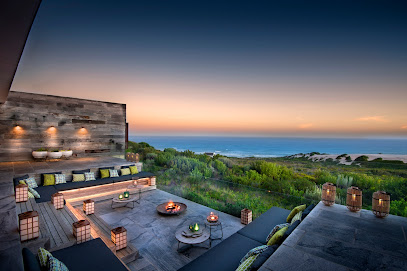
The Bush Pub
Discover the charm of The Bush Pub in Malgas, where local flavors meet stunning river views in a cozy atmosphere.
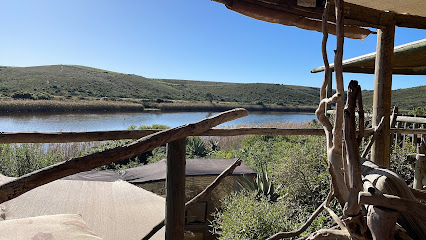
The Leopard Bar
Experience the perfect blend of luxury and relaxation at The Leopard Bar, a hidden gem offering stunning ocean views and exquisite cocktails in Cape Town.

Bites Beach Cafe
Experience the flavors of Malgas at Bites Beach Cafe, where fresh ingredients meet breathtaking coastal views.
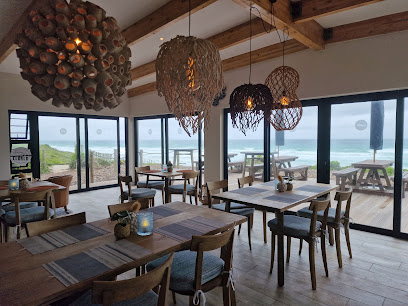
Fig Tree Restaurant
Experience the flavors of South Africa at Fig Tree Restaurant, nestled in the picturesque De Hoop Nature Reserve, where nature meets culinary delight.
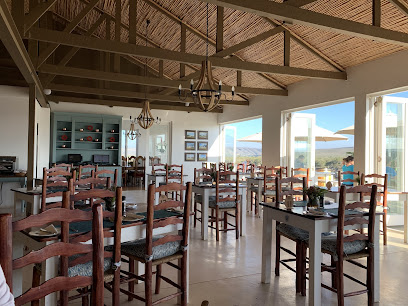
De Hoop Campsite Rondawels
Experience the beauty of De Hoop Nature Reserve at De Hoop Campsite Rondawels, where nature meets comfort in a breathtaking setting.

De Hoop Nature Reserve campsite
Experience the serene beauty of De Hoop Nature Reserve Campsite, a hidden gem for nature lovers and outdoor enthusiasts in South Africa.

Local Phrases about De Hoop Nature Reserve
-
- HelloHallo
[hah-loh] - GoodbyeTotsiens
[toht-see-uhns] - YesJa
[yah] - NoNee
[nee] - Please/You're welcomeAsseblief
[ah-suh-bleef] - Thank youDankie
[dahn-kee] - Excuse me/SorryJammer
[yah-mer] - How are you?Hoe gaan dit?
[hoo gahn deet] - Fine. And you?Goed. En jy?
[hut. en y] - Do you speak English?Praat jy Engels?
[praht y eng-uls] - I don't understandEk verstaan nie
[ek fer-stahn nee]
- HelloHallo
-
- I'd like to see the menu, pleaseEk wil graag die spyskaart sien, asseblief
[ek vil grah di speys-kahrt seen, ah-suh-bleef] - I don't eat meatEk eet nie vleis nie
[ek ayt nee flays nee] - Cheers!Gesondheid!
[guh-sund-hate] - I would like to pay, pleaseEk wil graag betaal, asseblief
[ek vil grah buh-tahl, ah-suh-bleef]
- I'd like to see the menu, pleaseEk wil graag die spyskaart sien, asseblief
-
- Help!Help!
[help] - Go away!Gaan weg!
[gahn vayg] - Call the Police!Bel die Polisie!
[bel dee poh-lee-see] - Call a doctor!Bel 'n dokter!
[bel un dohk-tuh] - I'm lostEk is verlore
[ek is fuh-lohr-uh] - I'm illEk is siek
[ek is seek]
- Help!Help!
-
- I'd like to buy...Ek wil koop...
[ek vil kohp] - I'm just lookingEk kyk net
[ek kuhk neht] - How much is it?Hoeveel kos dit?
[hoo-feel kohs deet] - That's too expensiveDit is te duur
[deet is tay deer] - Can you lower the price?Kan jy die prys verlaag?
[kahn y dee prays fuh-rahg]
- I'd like to buy...Ek wil koop...
-
- What time is it?Hoe laat is dit?
[hoo laht is deet] - It's one o'clockDit is een uur
[deet is ayn uhr] - Half past (10)Half tien
[hahlf tehn] - MorningOggend
[oh-guhnd] - AfternoonMiddag
[mi-dahg] - EveningAand
[ahnt] - YesterdayGister
[ghis-tehr] - TodayVandag
[fuhn-duhg] - TomorrowMore
[moh-ruh] - 1Een
[ayn] - 2Twee
[twee] - 3Drie
[dree] - 4Vier
[feer] - 5Vyf
[fayf] - 6Ses
[sehs] - 7Sewe
[seh-weh] - 8Agt
[ahgt] - 9Nege
[neh-ghuh] - 10Tien
[tehn]
- What time is it?Hoe laat is dit?
-
- Where's a/the...?Waar is 'n/die...?
[vahr is un/dee] - What's the address?Wat is die adres?
[vaht is dee ah-drehs] - Can you show me (on the map)?Kan jy my wys (op die kaart)?
[kahn y may vays (ohp dee kahrt)] - When's the next (bus)?Wanneer is die volgende (bus)?
[vahn-ehr is dee fuhl-guhnd-uh (buhs)] - A ticket (to ....) 'n Kaartjie (na ....)
[un kahrt-yuh (nah)]
- Where's a/the...?Waar is 'n/die...?
History of De Hoop Nature Reserve
-
De Hoop Nature Reserve was officially established in 1957 as a nature reserve by the South African government. Situated in the Overberg region of the Western Cape, the reserve was created to protect the unique biodiversity and rich ecosystems of the area. It spans over 34,000 hectares and includes marine, coastal, and terrestrial habitats.
-
Long before the establishment of the reserve, the area was inhabited by the Khoikhoi and San people. Archaeological evidence, such as shell middens and rock art, reveals that these indigenous communities utilized the resources of the region for thousands of years. The reserve preserves significant archaeological sites that offer insights into the early human history of the Western Cape.
-
In the 17th century, Dutch settlers began to explore and settle in the Overberg region. The establishment of De Hoop Nature Reserve includes land that was once part of early colonial farms. The influence of Dutch colonial architecture and farming practices can still be seen in the old buildings and agricultural landscapes within the reserve.
-
De Hoop Nature Reserve is renowned for its whale watching opportunities, particularly from June to November, when southern right whales migrate to the coastal waters to calve. The reserve's marine protected area extends three nautical miles into the ocean, playing a crucial role in the conservation of marine life, including the protection of endangered whale species and other marine biodiversity.
-
The reserve is home to a remarkable diversity of flora and fauna, including several rare and endangered species. De Hoop is part of the Cape Floral Region, a UNESCO World Heritage Site, known for its rich plant biodiversity. Conservation efforts within the reserve focus on protecting these unique ecosystems and the species that inhabit them, such as the Cape vulture and the bontebok.
-
The cultural heritage of De Hoop Nature Reserve is also tied to its historical land use. The area has seen various uses over the centuries, from indigenous hunting and gathering to colonial farming and modern conservation. The reserve now serves as a living museum, preserving the historical layers of human interaction with the environment while promoting sustainable tourism and education.
-
In recent years, De Hoop Nature Reserve has become a popular destination for ecotourism, attracting visitors from around the world. The reserve offers a range of activities, including hiking, bird watching, and guided tours, all designed to promote environmental awareness and conservation. Efforts have been made to ensure that tourism within the reserve is sustainable and benefits both the environment and local communities.
De Hoop Nature Reserve Essentials
-
De Hoop Nature Reserve is located in the Western Cape Province of South Africa, approximately 230 kilometers east of Cape Town and 70 kilometers from Bredasdorp. The nearest major airport is Cape Town International Airport. From Cape Town, you can rent a car and drive to De Hoop, which takes about 3 hours via the N2 and R319 routes. Alternatively, private shuttle services and guided tours are available from Cape Town and other nearby towns.
-
Within De Hoop Nature Reserve, private vehicles are the most convenient mode of transport. The reserve's roads are mostly gravel, so a vehicle with good ground clearance is recommended. There are no public transport options within the reserve itself. For exploring the reserve, guided tours and safaris are available, including boat trips, walking trails, and mountain biking routes.
-
The official currency in South Africa is the South African Rand (ZAR). Most major credit and debit cards are accepted at the reserve's main facilities, including the restaurant and accommodation. However, it is advisable to carry some cash for smaller purchases and gratuities. There are no ATMs within the reserve, so ensure you withdraw sufficient cash before arrival.
-
De Hoop Nature Reserve is generally a safe destination for tourists. However, standard safety precautions should be followed. Keep an eye on your belongings and avoid leaving valuables in plain sight in your vehicle. There are no specific high-crime areas within the reserve, but it is always good practice to be vigilant and aware of your surroundings.
-
In case of emergency, contact the reserve's main office or reception. They can assist with medical emergencies, lost property, or any other urgent issues. It is recommended to have travel insurance that covers medical emergencies. For serious medical issues, the nearest hospital is located in Bredasdorp, about an hour's drive from the reserve.
-
Fashion: Do wear comfortable and practical clothing suitable for outdoor activities. Layers are advisable due to variable weather. Avoid wearing bright colors that may disturb wildlife. Religion: Respect local customs and traditions, although there are no specific religious practices to be mindful of within the reserve. Public Transport: Not applicable within the reserve. Do use designated parking areas and follow all road signs. Greetings: A friendly greeting or a simple wave is usually sufficient when encountering other visitors or staff. Eating & Drinking: Do try the local cuisine offered at the reserve's restaurant. Always dispose of waste properly and avoid feeding the wildlife.
-
To experience De Hoop Nature Reserve like a local, take part in guided eco-boat tours or join a fynbos walk to learn about the unique flora and fauna. Early morning and late afternoon are the best times for wildlife viewing, including the rare Cape vulture. Don't miss the opportunity to visit the De Hoop Marine Protected Area, where you can spot southern right whales between June and November. Engage with the reserve's knowledgeable staff, who can provide insights and recommendations for making the most of your visit.
Nearby Cities to De Hoop Nature Reserve
-
Things To Do in East London
-
Things To Do in Kimberley
-
Things To Do in Bloemfontein
-
Things To Do in Mohale's Hoek
-
Things To Do in Quthing
-
Things To Do in Mafeteng
-
Things To Do in Maseru
-
Things To Do in Teyateyaneng
-
Things To Do in Keetmanshoop
-
Things To Do in Thaba-Tseka
-
Things To Do in Leribe
-
Things To Do in Butha-Buthe
-
Things To Do in Mokhotlong
-
Things To Do in Lüderitz
-
Things To Do in Durban

